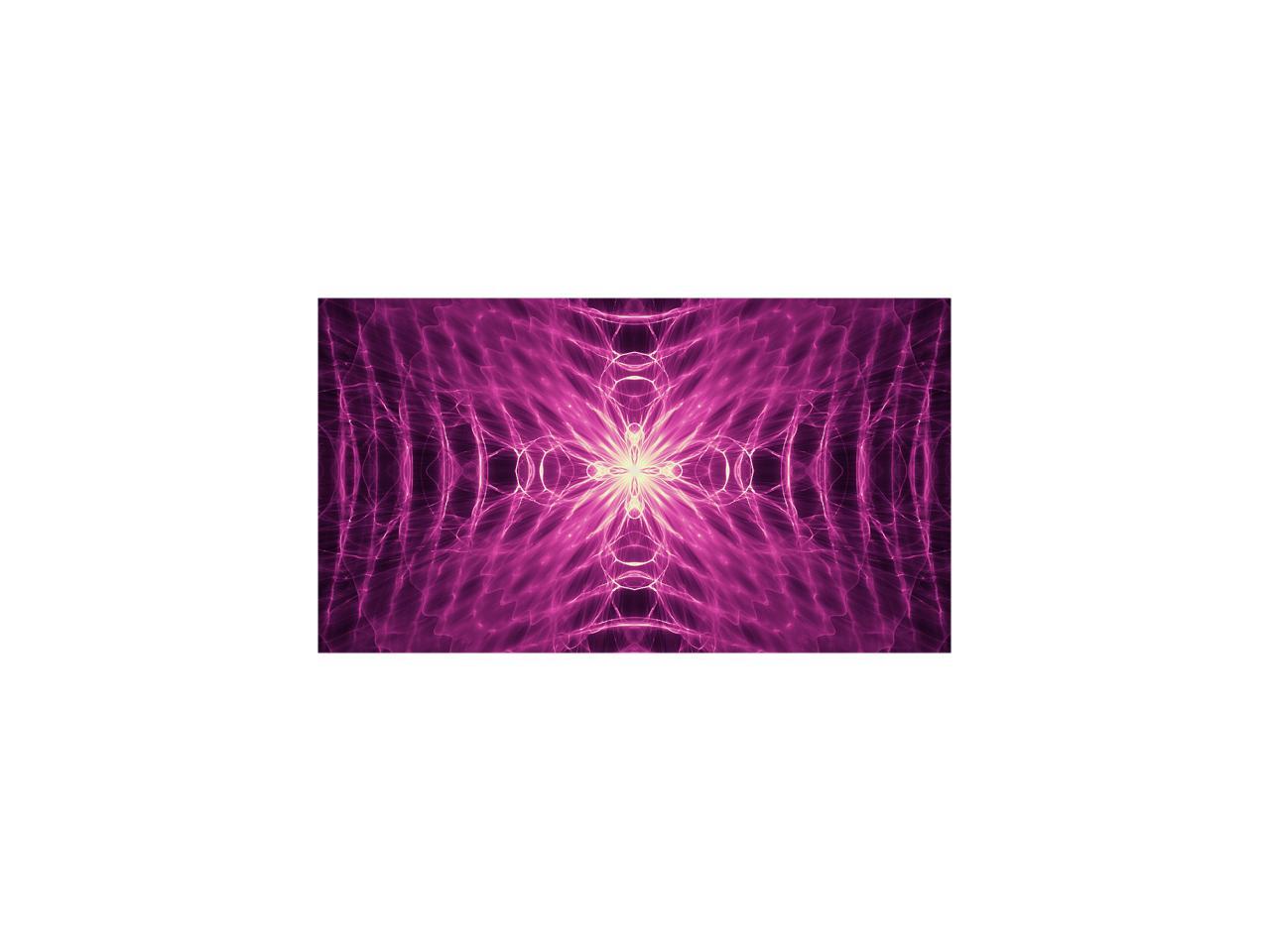

In other plants a much lower hexose-to-sucrose ratio was found. Indeed, in some species the amount of hexose in the exudate was up to 21-fold in excess of sucrose. However, in a recent study, van Bel and Hess (2008) concluded that, in many species, especially those in the Ranunculaceae and Papaveraceae, but in other families as well, a large percentage of the carbohydrate in the phloem exudate is in the form of hexose. The fluid obtained from severed aphid stylets is usually considered to be the most authentic source of unadulterated sieve tube sap and, to the best of our knowledge, no stylectomy study to date has found more than trace amounts of hexose in the collected fluid ( Fukumorita and Chino, 1982 Fisher and Frame, 1984 Weibull et al., 1990 van Helden et al., 1994 Amiard et al., 2004). Since that time, the virtual absence of hexoses in the phloem has been confirmed by other techniques, such as sampling phloem by bark incisions ( Zimmermann and Ziegler, 1975) and aphid stylectomy ( Fisher and Frame, 1984). Subsequent 14CO 2 studies in other plants have similarly found large amounts of radiolabelled sucrose, often with small amounts of accompanying radiolabelled hexoses ( Geiger and Swanson, 1965 Mortimer, 1965). They concluded that sucrose is the transported sugar, whereas the small amount of radiolabelled hexose had been derived from sucrose by hydrolysis. Hours later they detected sucrose, accompanied by small amounts of hexose, in the bark near the transport front. In perhaps the first compelling study of this type, Swanson and El-Shishiny (1958) exposed grape leaves to 14CO 2.

These concepts derived from early chemical analyses of dissected phloem and phloem exudate, but were put on firmer experimental grounds when 14C became available as a tracer. By contrast, hexoses are considered to be non-mobile. There has been a consensus in the phloem transport field for over 50 years that sucrose is the predominant sugar carried in the sieve tubes of most species.


The data support the long-held contention that sucrose is a ubiquitous transport sugar, but hexoses are essentially absent in the phloem stream.ĮDTA, fructose, glucose, hexose, phloem, sucrose Introduction Almost all the radiolabel was in the form of sucrose, with little radiolabelled hexose. In further experiments, the leaf blades were exposed to 14CO 2 and, following a chase period, radiolabelled sugars in the petioles and EDTA exudate were identified. This suggests that the sugars in the EDTA solution represent compounds extracted from the petioles, rather than sugars in transit in the phloem. However, almost identical results were obtained when the leaf blades were removed and only petiole stubs were immersed. In the present study, these results were confirmed for four species. In the experiments in question, phloem sap was obtained by detaching leaves and placing the cut ends of the petioles in an EDTA solution. However, this paradigm has been called into question, especially but not entirely, with respect to species in the Ranunculaceae and Papaveraceae. Several lines of evidence indicate that glucose and fructose are essentially absent in mobile phloem sap.


 0 kommentar(er)
0 kommentar(er)
